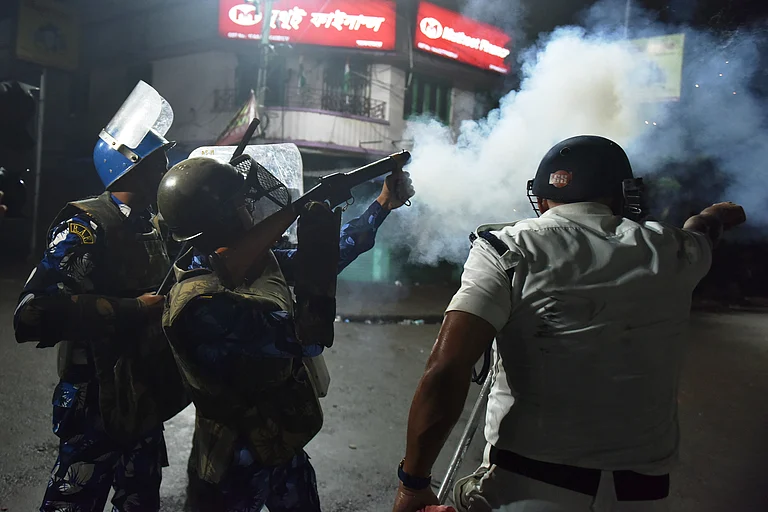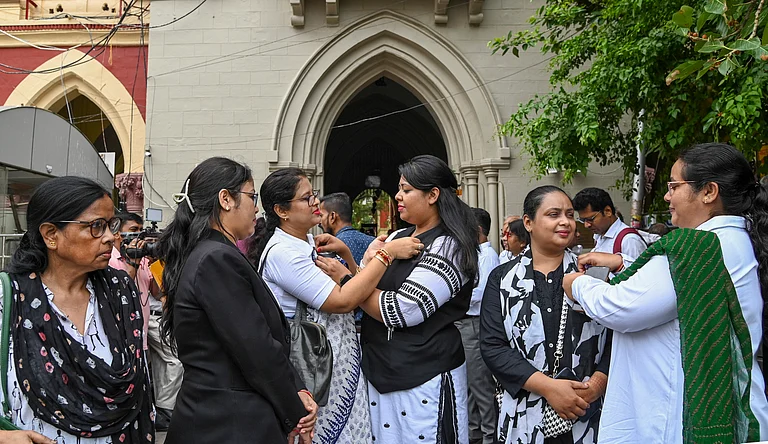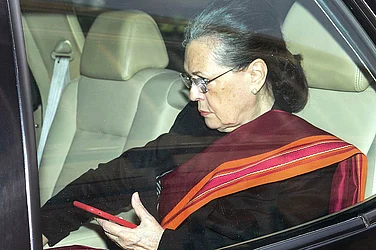On July 1, 2024, in a historic move, India rehauled its entire Criminal Justice Law, moving from the 1860 Indian Penal Code (IPC) to the Bharatiya Nyaya Sanhita (BNS). A year later, police officers across the country are still adjusting to the new law while courts are struggling to manage cases pending from the IPC era and those registered under BNS.
The revamped laws were passed on the promise of a swift, victim-centric criminal justice system, but the ground realities are far from that. Officers who spoke to Outlook on the condition of anonymity said that substituting well-known IPC sections with BNS provisions continues to derail investigations.
“We are used to the IPC—it’s the default in our thinking, you see. So, when we frame charges our minds go to the IPC section numbers,” a sub-inspector in a South East Delhi station. He adds that cops have to often “pause” to “cross‑reference” old IPC sections with the new code. “that slows us down,” he admits.
Though the Union Home Ministry and state governments have tried to fill the knowledge gap with crash courses, webinars and e‑learning seminars, many officers, rural regions, report that training has not filtered to the officers on ground, says an SHO in a South Delhi police station. “We rely a lot on WhatsApp forwards or hand‑written notes to keep in mind what sections are for what crime,” she says.
Legal experts had, last year, warned that changing the criminal justice laws would only result in exasperating the Indian courts’ pendency problem, while adding to confusion for judges and police officers.
India’s underfunded prosecution and police often find that their requests for central funding to update FIR registers, charge‑sheet templates and pocket manuals get lost in bureaucracy. However, an ACP who works in Police Training told Outlook that the dust is slowly settling. “Earlier we had a lot of trouble remembering sections but we have made a comparative chart which police across India keep with them on their phones and as a book,” he said.
The ACP added that in the past year, the police app, used to upload FIRs and other information under BNS, has been updated several times as police brought up issues they had with the original version.
The technological leap required because of the BNS— for example that all serious crime scenes have to be videoed— did initially cause some trouble but now the cops have gotten used to it. He added that it was a better law as the provisions were more geared towards victims and this caused the people to place more faith in the cops on the scene.
Meanwhile, the Indian courts has been weighing in on the broader implications of the BNS.
In November 2024, the apex court asked whether BNS and BNSS provisions diluted rights previously protected under special laws like MCOCA and UAPA. The bench raised for review customary safeguards, including custody limits under DK Basu and obligatory FIR registration under the Lalita Kumari case.
In the same month, Allahabad High Court referred the question of whether High Courts can quash FIRs under Section 528 of BNSS, as it did with CrPC Section 482 to a nine-judge bench.
The Supreme Court’s decision in January 2025 struck down Section 303 IPC as unconstitutional. This section had mandated the death penalty for individuals already serving a life sentence who committed murder. The court’s decision also reflected the BNS’s capital‑punishment clause, Section 104, by allowing room for judicial discretion rather than making the death penalty mandatory.
However, reviews of some of the BNS provisions such as the new sedition-like offenses and extended custody periods are pending before the apex court.




















.png?w=200&auto=format%2Ccompress&fit=max)






